An electronic collar is a very specialized device that can be the best and the worst for the dog. It gives the dog a charge when the button is pushed. The best collars have adjustable levels, and only the lowest level that the dog responds to should be used. The better ones also have a warning beep that gives the dog a chance to obey before getting to the point of receiving an actual charge. This puts the dog in control and makes it easier to phase out the device altogether. In fact, it should only be used so that the dog has the chance to obey and so learns by positive methods rather than negative.
It’s often used with dogs who are working at a great distance from their trainers. The best advantage of this collar is that the dog doesn’t associate the charge with the handler. If the handler had to run across a field yelling at a dog who was misbehaving, the dog could easily become afraid of his handler and not associate his anger with the act that caused the punishment.
There are serious disadvantages of this device if it is used incorrectly. Used as punishment, it can destroy a dog’s self confidence. Punishment is the least effective method of using this collar. If the trainer does not have correct timing, and gives the dog a jolt when he is actually obeying, it would confuse the dog and undo any previous training. This is one device that I would recommend only using with the guidance of an experienced trainer, and one who you feel is working in the dog’s best interest.
Read more about these collars HERE.



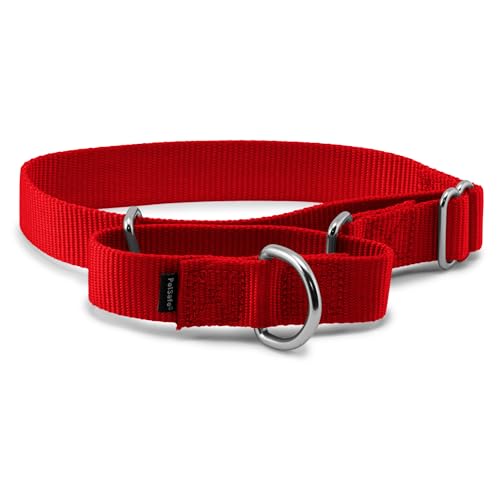

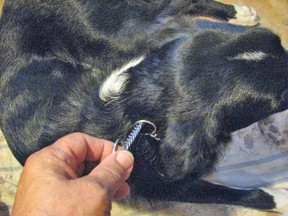



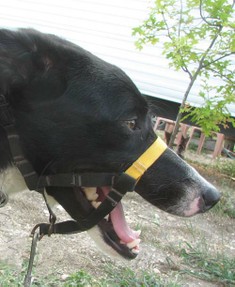





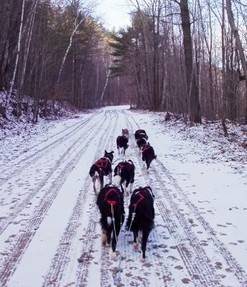


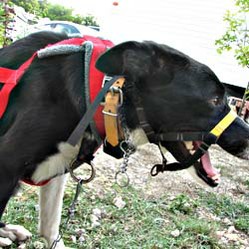

 How I Found My Free Family History Programon 09/05/2013
How I Found My Free Family History Programon 09/05/2013
 Finding a Graveon 09/01/2013
Finding a Graveon 09/01/2013
 Do Border Collies Make Good Pets?on 08/11/2013
Do Border Collies Make Good Pets?on 08/11/2013
 Hubert Patey - an Indentured Servanton 08/02/2013
Hubert Patey - an Indentured Servanton 08/02/2013


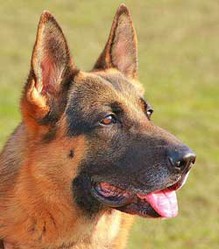
Collar Comments
Yeah, those limited slip collars really work. Greyhounds have big necks and narrow heads too.
It's great to know the proper way to use the best collar for your particular dog. I have two dogs and both with very different neck sizes. My pugs neck is so wide, almost the same dimensions as his head. This makes for difficult collar fit. Great information on dog collars, much appreciated. :) K